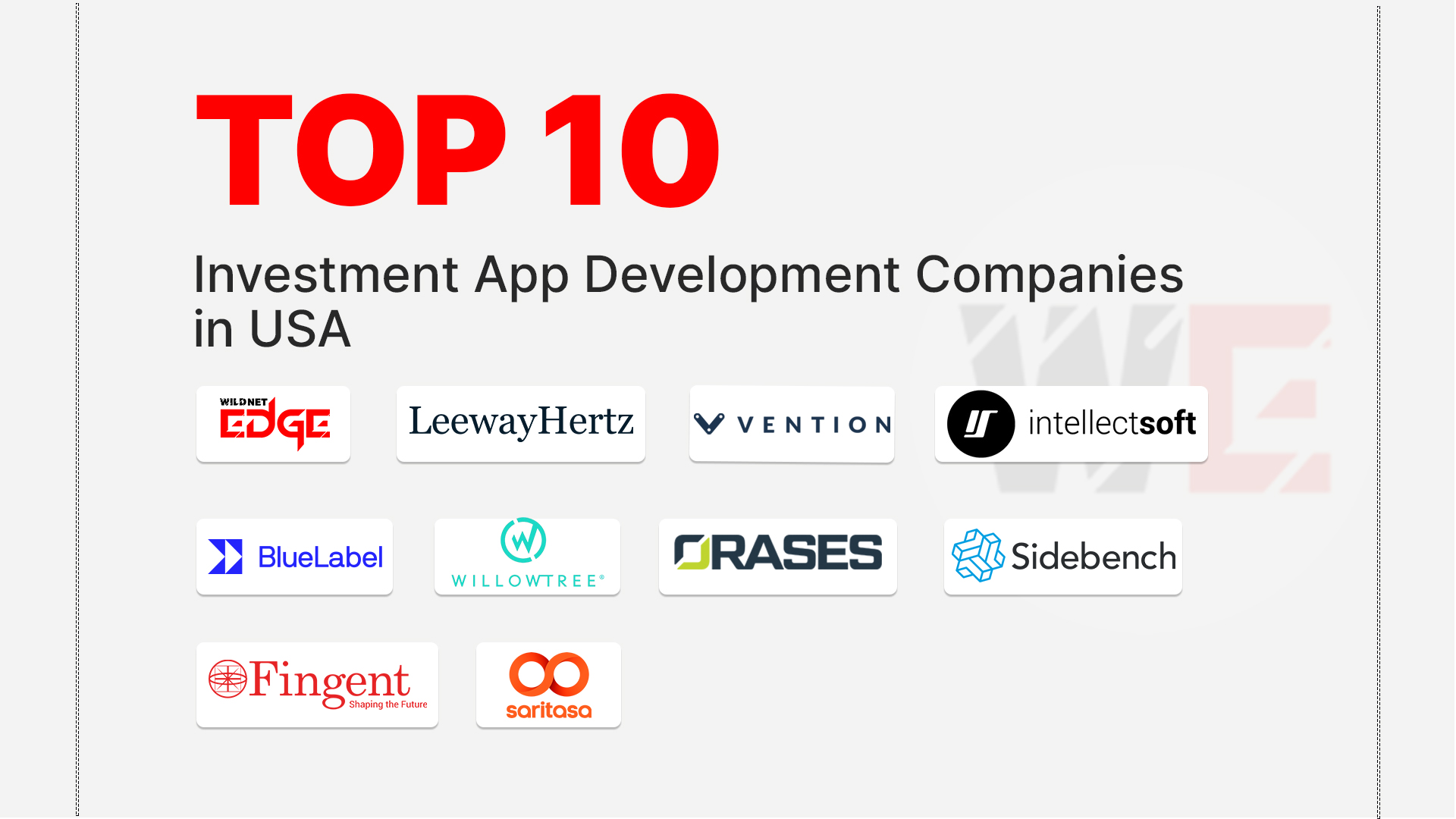Understanding the billing software development cost is increasingly vital in today’s digital economy. As businesses look to streamline their billing processes, investing in efficient billing solutions can enhance productivity and financial accuracy. Knowing the potential costs associated with billing software development allows businesses to make informed decisions and budget appropriately for software projects.
The aim of this guide is to break down the key factors that contribute to billing software development cost and provide actionable insights. Whether you are looking to hire a billing software developer or needing to gauge your billing project budget, this guide will help you navigate the complexities of billing software development.
Understanding Billing Software Development Cost
What Influences the billing software development cost?
Several factors contribute to the billing software development cost, primarily complexity, customization, and integrations. The more complex the software, the higher the development cost. Simple billing solutions may be relatively inexpensive, while highly customized systems tailored to specific business needs can significantly increase the billing software development cost.
Customization is another crucial factor. Tailoring integrations with existing systems or specific payment gateways can add to the overall expenses. Moreover, the need for various functionalities—like recurring billing, reporting tools, and compatibility with third-party applications—further affects the pricing.
Comparing Features and Their Impact on pricing
Features significantly influence billing software development cost. Adding essential components such as secure payment gateways and advanced reporting tools can escalate costs. Additionally, features like multi-currency support and automated invoice generation can also raise the price. Businesses should evaluate which features are essential for their operations and adjust their budget accordingly to ensure the final solution meets their needs without unnecessary expenditures.
The Role of UI/UX in billing software development cost
User interface (UI) and user experience (UX) design play a pivotal role in determining the billing software development cost. A well-designed UI/UX not only enhances user satisfaction but also minimizes training time and support costs. Investing in a thoughtfully designed interface can lead to higher adoption rates among employees and clients, ultimately resulting in cost savings over time. Conversely, neglecting UI/UX can lead to complicated systems that require additional resources to manage and support.
Evaluating Invoice Software Pricing
Types of Invoice Software Pricing Models
When considering invoice software pricing, it’s essential to understand the types of pricing models available. Common models include subscription-based pricing, one-time fees, and freemium options. Subscription models often offer lower upfront costs but can accumulate significant expenses over time, depending on the user licensing and support needs. One-time fee models provide a clear-cut cost but may not include future updates or support. Freemium options offer basic functionalities, allowing businesses to explore the software before committing financially.
Hidden Costs in invoice software pricing
It’s crucial to identify hidden costs in invoice software pricing. Many businesses overlook expenses such as payment processing fees, additional user licenses, and upgrade costs when evaluating software solutions. These hidden charges can contribute significantly to the overall billing project budget and should be factored in when comparing different options. A thorough review of the pricing structure and total cost of ownership can help avoid unpleasant surprises later.
Long-term Savings with strategic invoice software pricing
Investing in quality invoice software can lead to long-term savings. While the initial costs might be higher, robust software solutions tend to offer better efficiency and features that can reduce manual errors and expedite payment cycles. A good strategic approach to invoice software pricing ensures that businesses not only meet their current needs but also accommodate future growth, ultimately providing better returns on investment.
Crafting a Billing Project Budget
Defining your billing project budget goals
Establishing clear financial objectives is critical in any software development project. Before embarking on billing software development, define specific goals that align with your business needs. Consider aspects such as the scale of the project, necessary features, and timelines to create a realistic billing project budget. Setting concrete goals allows for better monitoring and control throughout the software development process.
Estimating costs effectively for your billing project budget
Accurately estimating costs for your billing project budget requires a detailed analysis of all expected expenses. This includes development costs, ongoing maintenance, and subscription fees for any third-party services. A structured approach, breaking costs down into categories, can help identify major expenditure areas and necessary contingencies. Budgeting for unforeseen expenses is essential in maintaining fiscal stability throughout the billing software development lifecycle.
Contingency Planning in your billing project budget
Contingency planning should form an integral part of your billing project budget. Unforeseen expenses can arise during development, and not preparing for these can lead to budget overruns. Establishing a buffer, typically 10-15% of the overall budget, can provide the necessary flexibility to address unexpected issues like additional features or extended timelines without jeopardizing project success.
Understanding Billing App Charges
Breakdown of billing app charges
When dealing with billing app charges, it’s important to analyze the various types of expenses that may arise. Development costs, ongoing maintenance, and upgrade charges make up the majority of billing app charges businesses must consider. Understanding each category enables businesses to budget effectively and aligns expenditures with anticipated operational needs.
Factors influencing ongoing billing app charges
Ongoing billing app charges can be influenced by multiple factors, including user count, transaction volume, and software updates. As the number of users increases or as transaction volumes rise, costs can escalate, necessitating careful planning. Regular updates to enhance security and add features can also prompt additional expenses. Monitoring these variables can help businesses maintain control over their billing app charges.
Cost-saving strategies for billing app charges
Minimizing billing app charges while maximizing value requires strategic planning and negotiation. Businesses can seek out competitive pricing for software services, negotiate better deals with vendors, and implement cost-effective features. Regularly reviewing software use and decommissioning underused features can also streamline costs. These strategies can create a more sustainable budget for ongoing billing app charges.
Choosing a Billing Software Development Company
Key traits of a reliable Billing Software development company
Selecting a reliable Billing Software development company involves evaluating specific traits. Essential qualities include a strong portfolio, positive client testimonials, and transparent pricing. A company that prioritizes communication and understands your business requirements is more likely to deliver a solution tailored to your needs. Assessing these aspects thoroughly can lead to a successful partnership.
Cost considerations when you hire billing software developer
When you hire a billing software developer, understanding cost considerations is crucial. Salary ranges for developers can vary based on location, experience, and expertise. Additionally, project management fees and potential costs for support services should be factored into the overall expenditure. Creating a clear financial outline that addresses each of these elements can ensure cost transparency in the hiring process.
Evaluating proposals from a Billing Software development company
Effectively evaluating proposals from a Billing Software development company requires critical analysis. Look for itemized estimates that incorporate all potential costs—development, maintenance, and future enhancements. Assessing the proposed timelines and deliverables against your requirements will also clarify which company aligns best with your objectives. Engaging in discussions for clarity may prove invaluable in making an informed decision.
Conclusion
In summary, understanding billing software development cost is vital for any business looking to streamline their operations. Key factors such as complexity, customization, and pricing models play crucial roles in determining overall expenses. Whether navigating hidden costs or crafting a comprehensive billing project budget, organizations can benefit from this knowledge to make informed financial decisions.
We encourage readers to consider consulting with Wildnet Edge, a trusted AI-first company for their billing software needs. Don’t leave your project’s success to chance; partner with an expert who can help you achieve your goals effectively.
FAQs
Billing software development cost refers to the expenses related to designing and creating software that manages billing processes.
Invoice software pricing can vary based on features, user licenses, and subscription models.
A billing project budget should include initial development costs, ongoing maintenance, and potential upgrade costs.
Common billing app charges include development fees, transaction fees, and monthly subscription costs.
Assess portfolios, client testimonials, and pricing structures when choosing a reliable Billing Software development company.

Nitin Agarwal is a veteran in custom software development. He is fascinated by how software can turn ideas into real-world solutions. With extensive experience designing scalable and efficient systems, he focuses on creating software that delivers tangible results. Nitin enjoys exploring emerging technologies, taking on challenging projects, and mentoring teams to bring ideas to life. He believes that good software is not just about code; it’s about understanding problems and creating value for users. For him, great software combines thoughtful design, clever engineering, and a clear understanding of the problems it’s meant to solve.
 sales@wildnetedge.com
sales@wildnetedge.com +1 (212) 901 8616
+1 (212) 901 8616 +1 (437) 225-7733
+1 (437) 225-7733































